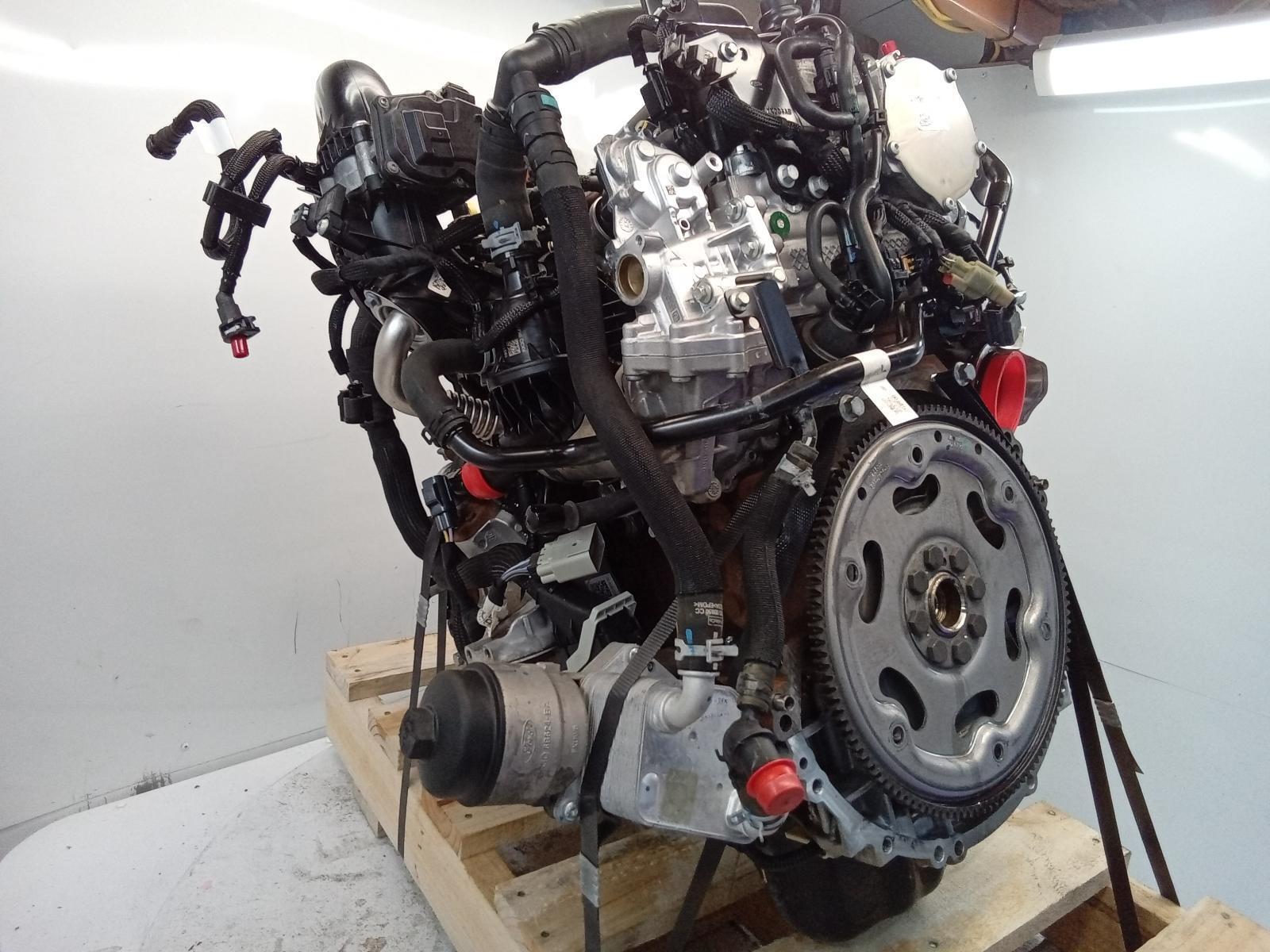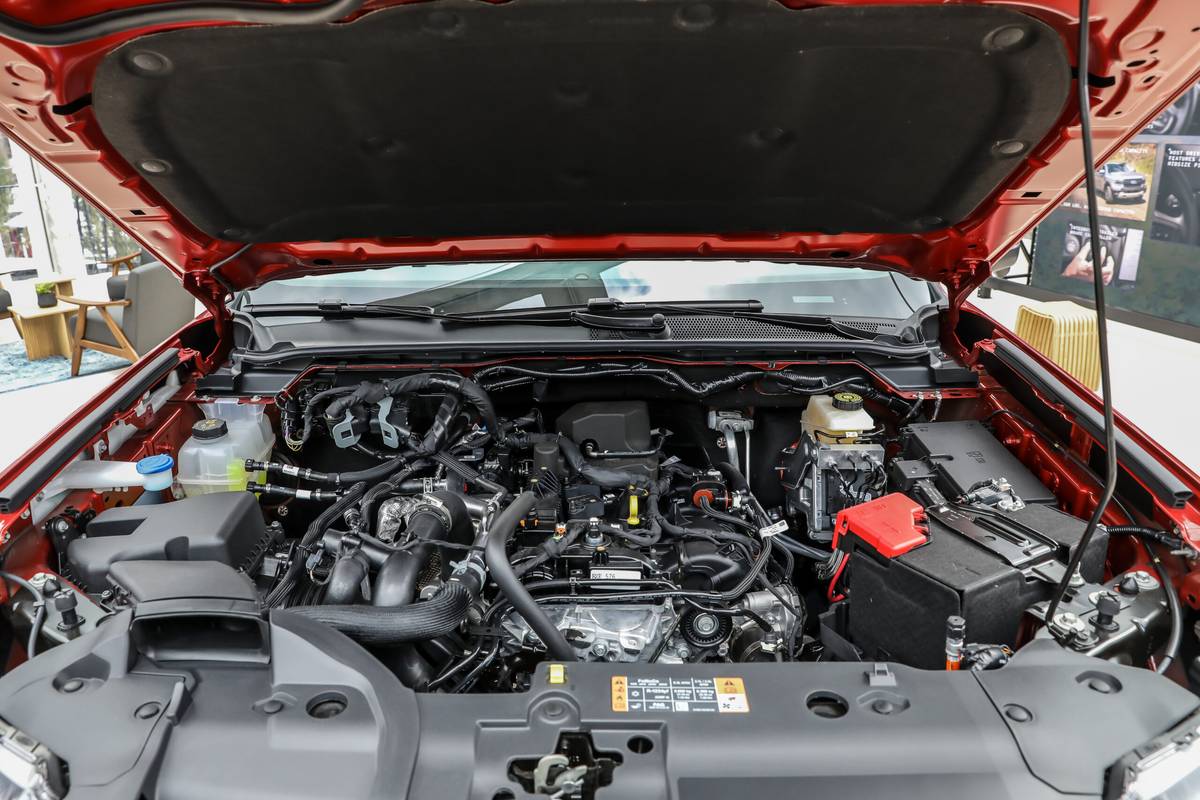How the 2.2 Ford Ranger Engine Stands Out for Durability and Power in Tough Conditions
How the 2.2 Ford Ranger Engine Stands Out for Durability and Power in Tough Conditions
Blog Article
Understanding the Fundamentals of Vehicle Engines: Kinds, Functions, and Features

Overview of Auto Engines
An auto engine functions as the heart of a lorry, converting gas into power to drive it ahead. This elaborate system consists of various elements that operate in unison to ensure ideal efficiency and efficiency. The essential procedure of an automobile engine entails the inner burning process, wherein gas and air are combined, fired up, and eliminated to create power.
The engine's layout can significantly impact its performance, fuel efficiency, and emissions. Trick components include the cylinder block, pistons, crankshaft, and camshaft, each playing a critical role in the engine's overall function.
In enhancement to these components, engines commonly utilize different systems such as gas injection, ignition, and cooling down systems to improve efficiency and durability. Comprehending the fundamental auto mechanics of cars and truck engines is crucial for diagnosing issues and carrying out upkeep, eventually adding to the car's reliability and efficiency with time.

Kinds of Cars And Truck Engines
Cars and truck engines can be categorized right into a number of types based on their layout, fuel kind, and functional principles. 2.2 ford ranger engine. The most usual classifications include internal burning engines (ICE), electric engines, and crossbreed engines
Interior combustion engines, which can be more split into fuel and diesel engines, operate by firing up a fuel-air mixture to generate power. Gas engines are generally lighter and smoother, while diesel motor are a lot more fuel-efficient and offer better torque.
Electric engines use electrical power saved in batteries to power an electric motor, providing instantaneous torque and no discharges during procedure. As technology advances, electric cars (EVs) are progressively coming to be prominent for their ecological benefits and reduced running costs.
Hybrid engines incorporate aspects of both internal burning and electric engines, enabling adaptable source of power and improved fuel effectiveness. They can operate in numerous modes, making use of either the gasoline engine, the electrical motor, or both concurrently.
Each kind of engine has distinctive benefits and negative aspects, affecting their application in different vehicle kinds and market sections, from small cars and trucks to durable vehicles. Recognizing these types is crucial for making informed decisions relating to car selection and efficiency expectations.
Engine Functions Described
Recognizing engine features is important for realizing just how vehicles operate effectively. At the core of any type of inner burning engine exists the basic procedure of transforming fuel into power. This procedure starts with the consumption stroke, where air and gas are attracted right into the burning chamber. Following this, the compression stroke presses the air-fuel mixture, enhancing its temperature and pressure.
The ignition happens following, firing up the mix and creating a rapid expansion of gases. This pressure drives the piston down throughout the power stroke, which inevitably converts right into the rotational activity of the crankshaft. The exhaust stroke after that gets rid of the spent gases from the chamber, making method for a new cycle to commence.
In enhancement to these main functions, engines additionally integrate systems that manage cooling and lubrication, ensuring optimal functional temperature levels and reducing rubbing in between moving components. This detailed interplay of functions enables the engine to produce the power necessary for car propulsion while maintaining performance and integrity. Comprehending these features gives important insight right into the complexities of auto engineering and enhances the ability to detect and attend to engine-related issues successfully.
Secret Engine Features
Engine design incorporates numerous key attributes that dramatically influence effectiveness, performance, and toughness. Among the most critical elements is the engine arrangement, that includes inline, V-type, and flat designs. Each arrangement impacts the engine's size, power, and equilibrium outcome, thereby affecting overall automobile characteristics.
Another crucial function is the engine variation, referring to the total volume of all cyndrical tubes. Larger displacements commonly generate even more power yet may jeopardize gas efficiency. Engine materials likewise play an essential duty; high-strength and light-weight products, such as light weight aluminum and magnesium alloys, improve efficiency without including extreme weight.
The sort of gas shot system used-- such as straight or multi-port injection-- influences combustion performance and emissions. Turbocharging and turbo charging are functions that enhance engine performance forcibly extra air into the combustion chamber, enhancing power outcome without substantially boosting engine dimension.
Last but not least, the visibility of innovative engine administration systems enhances fuel-air mix and ignition timing, adding to smoother operation and better gas economy. Jointly, these attributes specify an engine's abilities, setting the foundation for its performance and durability in an affordable automobile landscape.
Maintenance Tips for Engines
Correct engine upkeep is vital for making certain ideal performance and longevity, as neglecting regular care can result in significant concerns down the line. To preserve your engine efficiently, start with normal oil modifications, usually every 3,000 to 7,500 miles, relying on the sort of oil made use of. Fresh oil lubes engine elements, minimizing rubbing and wear.
Furthermore, keeping an eye on coolant levels is vital to stop getting too hot. Make sure that the coolant is topped up and remains in good condition to maintain reliable temperature regulation. Routinely replace informative post and inspect air and gas filters, as clogged up filters can impede airflow and gas distribution, endangering engine efficiency.
Moreover, pay focus to spark plugs and ignition systems. Used or faulty ignition system can bring about misfiring and lowered performance. Examining the battery terminals and connections for rust is additionally vital, as a weak battery can influence engine beginning.

Verdict
In recap, an extensive understanding of vehicle engines encompasses numerous kinds, features, and vital attributes that significantly influence lorry efficiency. Internal combustion engines, together with hybrid and electric alternatives, show varied devices for energy conversion. 2.2 ford ranger engine. Recognizing the necessary features, such as intake and exhaust cycles, alongside crucial engine features like arrangement and gas shot systems, furnishes auto proprietors with the understanding required More hints for reliable maintenance and operation, inevitably improving car longevity and performance
An automobile engine serves as the heart of a vehicle, transforming fuel into mechanical energy to thrust it forward. The fundamental procedure of an auto engine includes the internal burning process, in which fuel and air are mixed, sparked, and expelled to produce power.
Consistently replace and evaluate air and fuel filters, as clogged filters can prevent airflow and gas shipment, endangering engine effectiveness. - 2.2 ford ranger engine
In summary, a detailed understanding of automobile engines encompasses numerous types, features, and key attributes that considerably affect car efficiency. Acknowledging the crucial functions, such as consumption and exhaust cycles, alongside essential engine features like setup and gas injection systems, furnishes car owners with the understanding required for efficient upkeep and operation, eventually boosting vehicle durability Recommended Reading and performance.
Report this page